A dwindling number of barley producers in Minnesota could bring an end to the Minnesota Barley Research and Promotion Council.
The Minnesota Department of Agriculture received a petition requesting to terminate the Council on Nov. 22, 2024. The petition is signed by more than 15% of Minnesota barley producers, which was required by statute. Twelve producers signed the petition. These barley producers believe the Council is no longer a needed resource as utilization of barley as a commodity in Minnesota is decreasing, according to the Minnesota Department of Agriculture.
In the last few years producers voting among the barley council had dropped from 65 to 45, according to Christina Iliev, commodity council coordinator for the Minnesota Department of Ag.
The estimated production for 2024 paints a picture of just how much production has fallen. Barley production was estimated at 1.75 million bushels in 2024. That’s down 56% from last year.
Planted area, at 40,000 acres, was down 33% from 2023. Harvested area for grain, at 25,000 acres, was down 54% from last year. The Minnesota barley yield was 70 bushels per acre, down 4 bushels per acre from last year, according to the USDA’s National Agricultural Statistics Service release on Sept. 30, 2024.
The ag department is required to hold a vote within 60 days to help decide the future of the council. Minnesota barley producers will have an opportunity to vote from 9 a.m. to noon, on Dec. 12, at the
front desk, in the Alerus Center, 1200 S 42nd Street in Grand Forks, North Dakota.
The Prairie Grains Conference was chosen for the vote site because of its central location among barley growers and it’s an event many barley growers plan to attend each year.
Iliev noted that a “yes” vote will end the barley council and any remaining funds must be spent by June 30, 2025. A “no” vote allows the council to continue collecting a check-off fee of 1.5% per bushel.
“But we know that currently the barley council only brings in about $40,000 annually, which is small compared to our larger councils like corn and soybean, which, you know, they bring in millions,” Iliev said.
All Minnesota producers that share or shared directly in the risk of loss from the production of barley during the current or preceding marketing year are eligible to vote.
The council is one of Minnesota’s 13 research and promotion councils that promote the state’s diverse agricultural sector. It was established in 1990.
For more information about the upcoming vote, contact the Minnesota Department of Agriculture at 651-201-6013.
The swift reduction in barley production and producers follows an over-abundant supply in 2022 and 2023. Barley has been making headlines in the last year including
Anheuser-Busch announcing, in November 2024, plans to close its malt house in Moorhead
and sell its elevators in West Fargo and Sutton, North Dakota. The move is the result of an agreement the brewing company made with Rahr Malting Co. to take on the full capacity of malt production for Moorhead. Any new supply of North Dakota or Minnesota barley will be redirected to Rahr’s Shakopee, Minnesota, malt house starting in 2025
The contract changes at Anheuser-Busch came on the heels of industry reports of decreased demand for malting barley due to lower beer sales as consumers increasingly moved toward seltzer, mixed drinks and other liquors.
That decrease in beer consumption came at the same time that the kind of beer consumers drink started changing.
As a nation, barley production was down 23% from 2023 to 2024.
.
Michael Johnson is the news editor for Agweek. He lives in rural Deer Creek, Minn., where he is starting to homestead with his two children and wife.
You can reach Michael at [email protected] or 218-640-2312.




